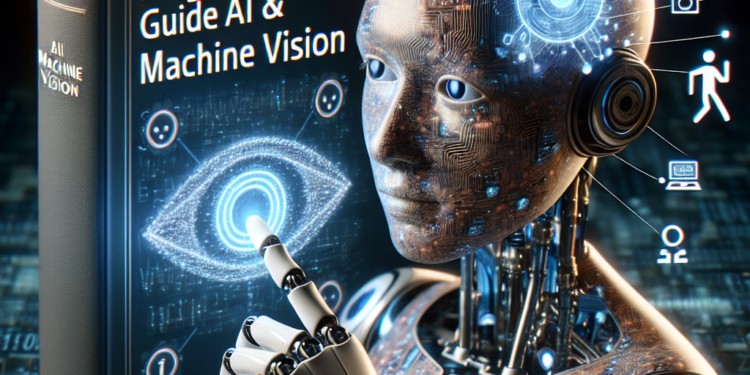Artificial intelligence (AI) and machine vision have become increasingly popular and important in today’s technological world. From autonomous vehicles to face recognition systems, AI and machine vision are revolutionizing numerous industries. If you are new to this field and want to learn more about AI and machine vision, this beginner’s guide will provide you with a comprehensive overview of these technologies.
What is AI and Machine Vision?
AI is the simulation of human intelligence processes by machines, especially computer systems. AI encompasses a wide range of capabilities, including learning, reasoning, problem-solving, perception, and language understanding. Machine vision is a subset of AI that involves using computer vision algorithms to extract information from images or videos. Machine vision systems can analyze and interpret visual information to make informed decisions.
Why is AI and Machine Vision Important?
AI and machine vision have a wide range of applications and benefits. In the manufacturing industry, machine vision systems are used for quality control, defect detection, and assembly verification. In healthcare, AI-powered diagnostic tools can help identify diseases and recommend treatment options. Autonomous vehicles rely on AI and machine vision systems to navigate and avoid obstacles. These technologies also have applications in security and surveillance, agriculture, retail, and many other industries.
How Does AI and Machine Vision Work?
AI and machine vision systems work by processing large amounts of visual data and extracting meaningful insights from it. Machine learning algorithms play a crucial role in these systems, as they enable the machines to learn from data and make decisions without being explicitly programmed. Deep learning, a subset of machine learning, has been particularly successful in tasks such as image recognition and object detection.
Machine vision systems typically consist of four main components: a camera or sensor to capture images, a processor to analyze the images, software algorithms to process the data, and a display or output device to present the results. The camera captures images or videos of the environment, which are then processed by the processor using machine learning algorithms. The output of the system can be in the form of text, numbers, or visual alerts.
Types of AI and Machine Vision Applications
AI and machine vision technologies have a wide range of applications in various industries. Some common applications include:
1. Quality control: Machine vision systems are used to inspect products on manufacturing lines for defects or irregularities. These systems can detect imperfections in products and remove them from the production line, ensuring only high-quality items reach the customer.
2. Object recognition: AI and machine vision systems can identify and classify objects in images or videos. This capability is used in applications such as facial recognition, autonomous vehicles, and surveillance systems.
3. Medical imaging: AI-powered diagnostic tools can analyze medical images, such as X-rays and MRIs, to identify patterns and anomalies that may indicate disease or injury. These tools help healthcare professionals make more accurate diagnoses and treatment decisions.
4. Agriculture: Machine vision systems are used in agriculture for tasks such as crop monitoring, yield estimation, and pest detection. These systems can analyze images of fields to provide farmers with valuable information about their crops.
5. Retail: AI and machine vision technologies are used in retail for tasks such as inventory management, customer tracking, and personalized marketing. These systems can analyze images of products and customers to optimize operations and improve the shopping experience.
Getting Started with AI and Machine Vision
If you are interested in learning more about AI and machine vision, there are several resources available to help you get started. Online courses, tutorials, and books can provide you with a solid foundation in these technologies. Popular AI frameworks such as TensorFlow and PyTorch offer tools and libraries to develop machine learning models for image processing tasks.
Experimenting with open-source datasets and projects can also help you gain practical experience in AI and machine vision. By working on real-world problems and applications, you can develop your skills and understanding of these technologies.
In conclusion, AI and machine vision are powerful technologies that are transforming the way we interact with the world. From autonomous vehicles to medical imaging, these technologies have a wide range of applications and benefits. By learning the fundamentals of AI and machine vision and experimenting with practical projects, you can dive into this exciting field and contribute to its growth and development.













